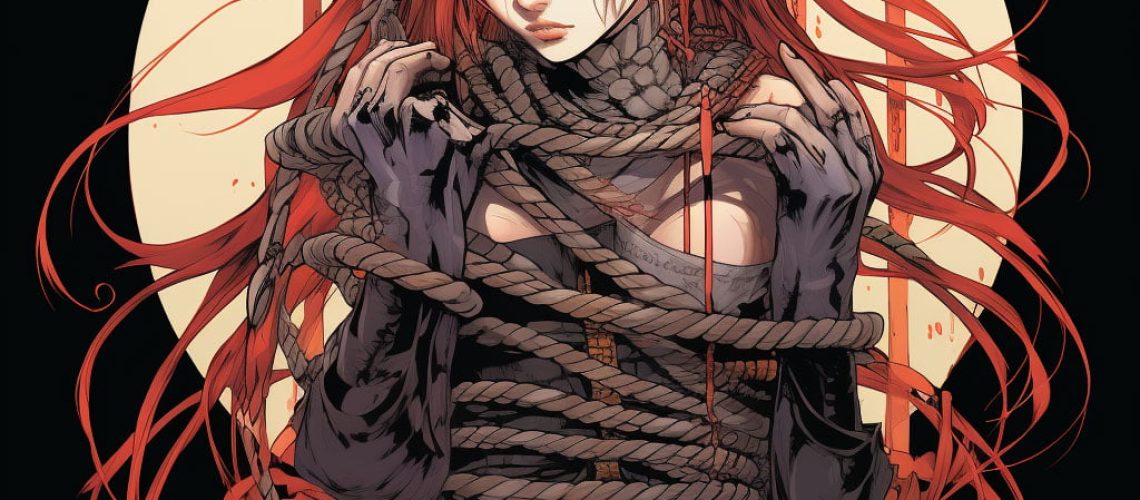Shibari, the Japanese art of rope bondage, has evolved over centuries, intertwining deeply with various aspects of Japanese culture and history. While today it is often seen through the lens of its aesthetic and erotic elements, the origins and development of Shibari reflect a more complex and multifaceted cultural significance. This article delves into the historical roots of Shibari and explores its cultural significance, offering a comprehensive understanding of this intricate art form.
Origins of Shibari
Hojojutsu: The Martial Beginnings
Shibari’s roots can be traced back to Hojojutsu, a martial art used by Samurai in feudal Japan. Hojojutsu was a method of restraining prisoners using rope, ensuring they were immobilized yet unharmed. The technique was practical but also carried a psychological aspect; the way a prisoner was tied reflected their social status and the nature of their crime. This martial practice laid the groundwork for what would evolve into the more artistic and intricate Shibari.
Transition from Hojojutsu to Kinbaku
As Japan underwent modernization, the practical use of Hojojutsu faded. However, the art of tying and the aesthetics associated with it found a new expression in Kinbaku, a term often used interchangeably with Shibari. Kinbaku, which means ‘tight binding’, took the functional aspects of Hojojutsu and transformed them into an art form focused on beauty, emotion, and eroticism. This transition marked the beginning of Shibari as an expression of artistic and emotional connection rather than a mere method of restraint.
Cultural Significance of Shibari
Shibari as a Form of Artistic Expression
In contemporary times, Shibari has been embraced as a form of artistic expression. The intricate patterns and the skill involved in rope bondage are seen as a form of art. This is evident in its presence in modern photography, live performances, and art installations. The visual appeal of Shibari, with its complex knots and geometric patterns, transcends language and cultural barriers, making it a unique form of artistic communication.
Emotional and Psychological Dimensions
Shibari is not just about the physical act of tying; it’s deeply rooted in the emotional and psychological interplay between the rigger (the person doing the tying) and the model. It’s a dance of trust, surrender, and expression. For many, the practice of Shibari is a form of emotional release, a way to explore vulnerability, and a medium for deepening interpersonal connections.
Shibari in Modern Japanese Culture
While Shibari has gained international fame, its role in modern Japanese culture remains significant. It is a bridge between the traditional and the contemporary, reflecting the evolving attitudes towards sexuality, art, and expression in Japan. Shibari is celebrated in various cultural festivals and events, showcasing its enduring relevance in Japanese society.
The Global Appeal of Shibari
Shibari has transcended its cultural origins to gain global appeal. It’s practiced and appreciated worldwide, with an ever-growing community of enthusiasts and artists. International workshops, festivals, and events dedicated to Shibari are testament to its widespread popularity. This global embrace highlights the universal human connection to the art of bondage and the shared appreciation of its beauty and complexity.
Conclusion
Shibari, with its rich historical roots and cultural significance, is much more than a form of rope bondage. It is a poignant expression of art, emotion, and connection. From its origins in Hojojutsu to its current status as a globally recognized art form, Shibari reflects the evolving human expression and the desire for deeper interpersonal connections. Whether viewed through the lens of art, history, or psychology, Shibari offers a unique and profound insight into the complexity of human nature and creativity.






